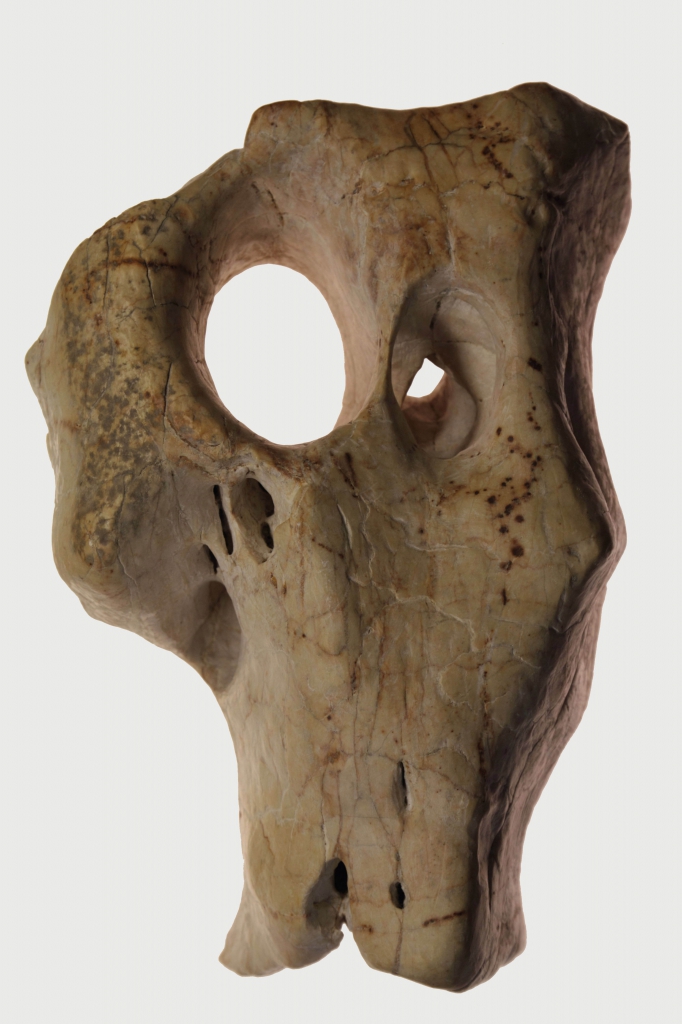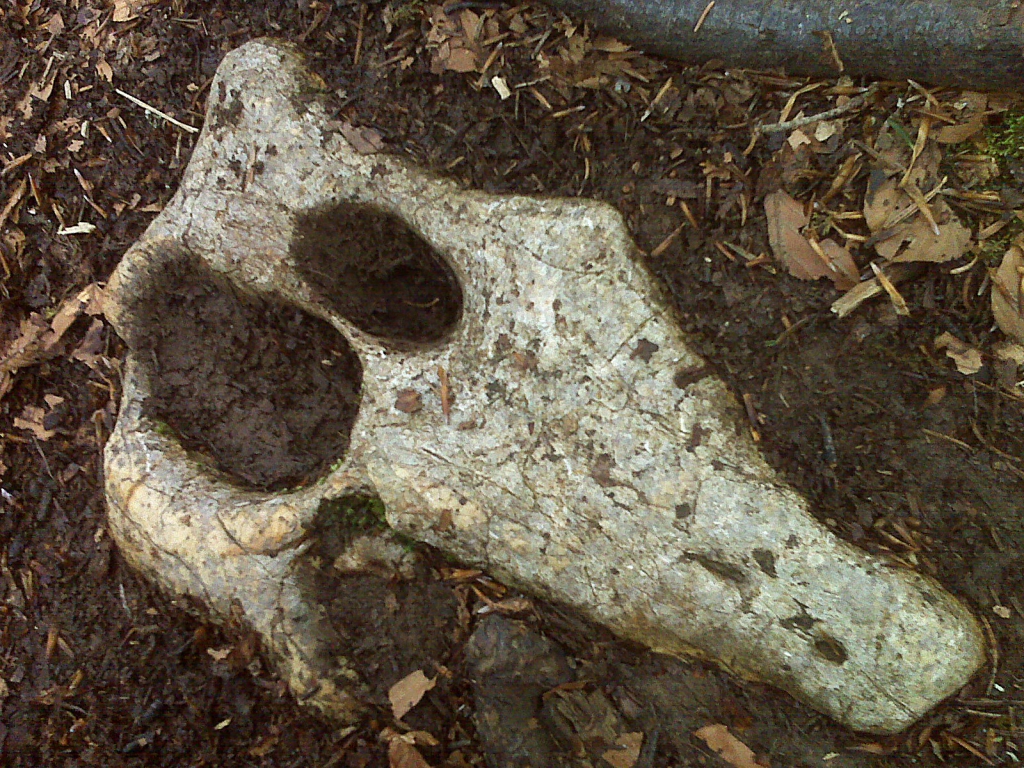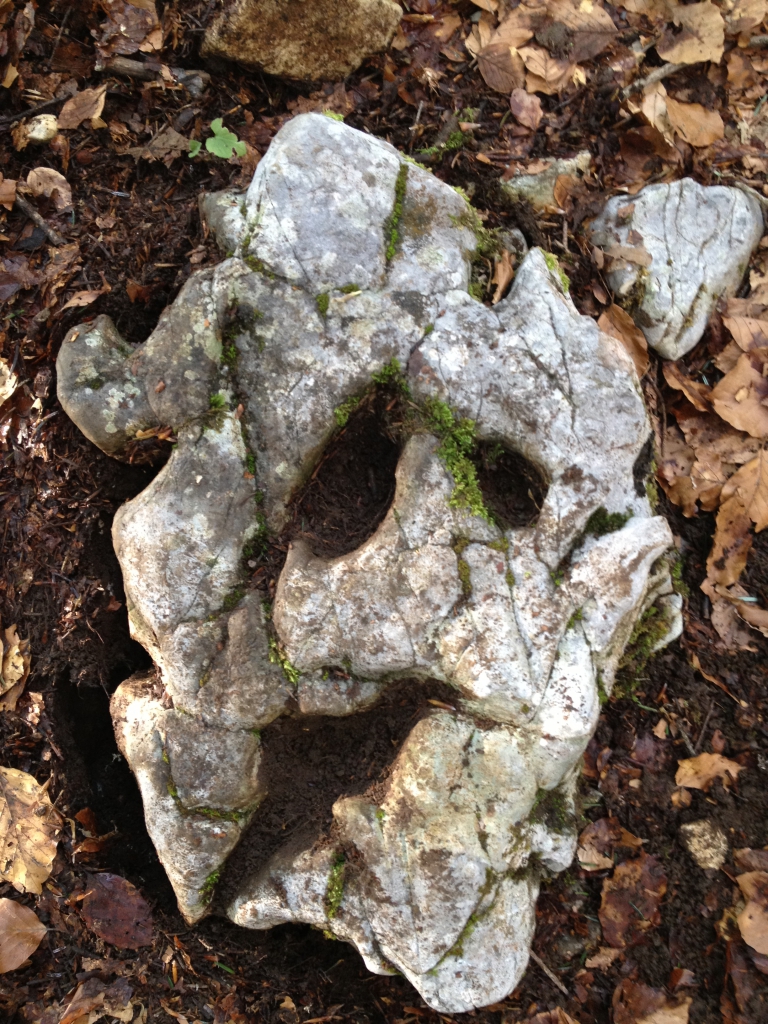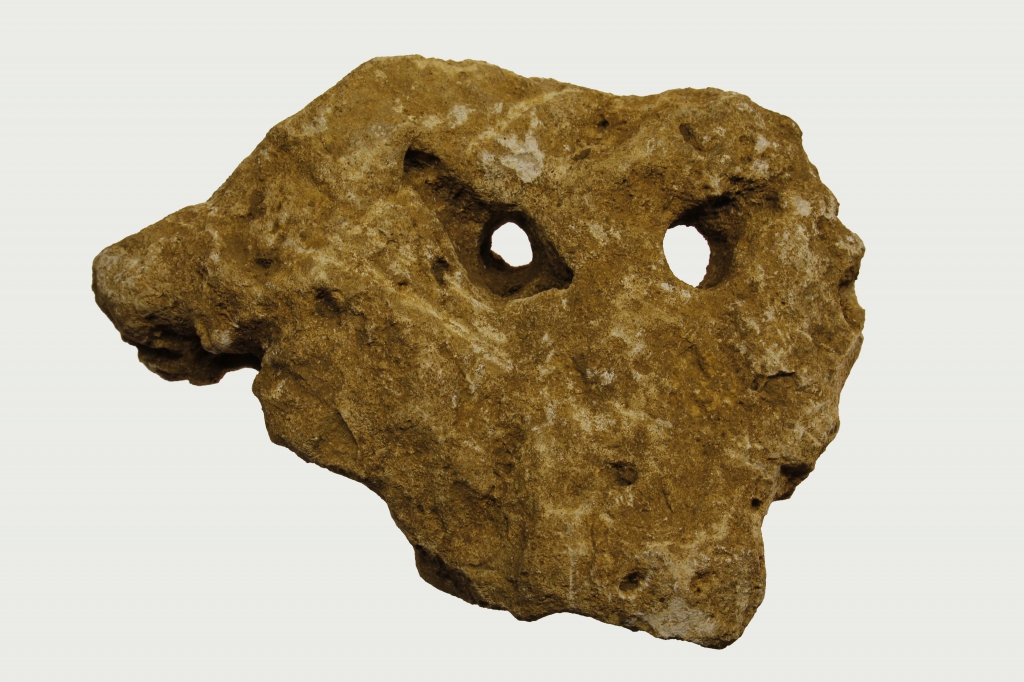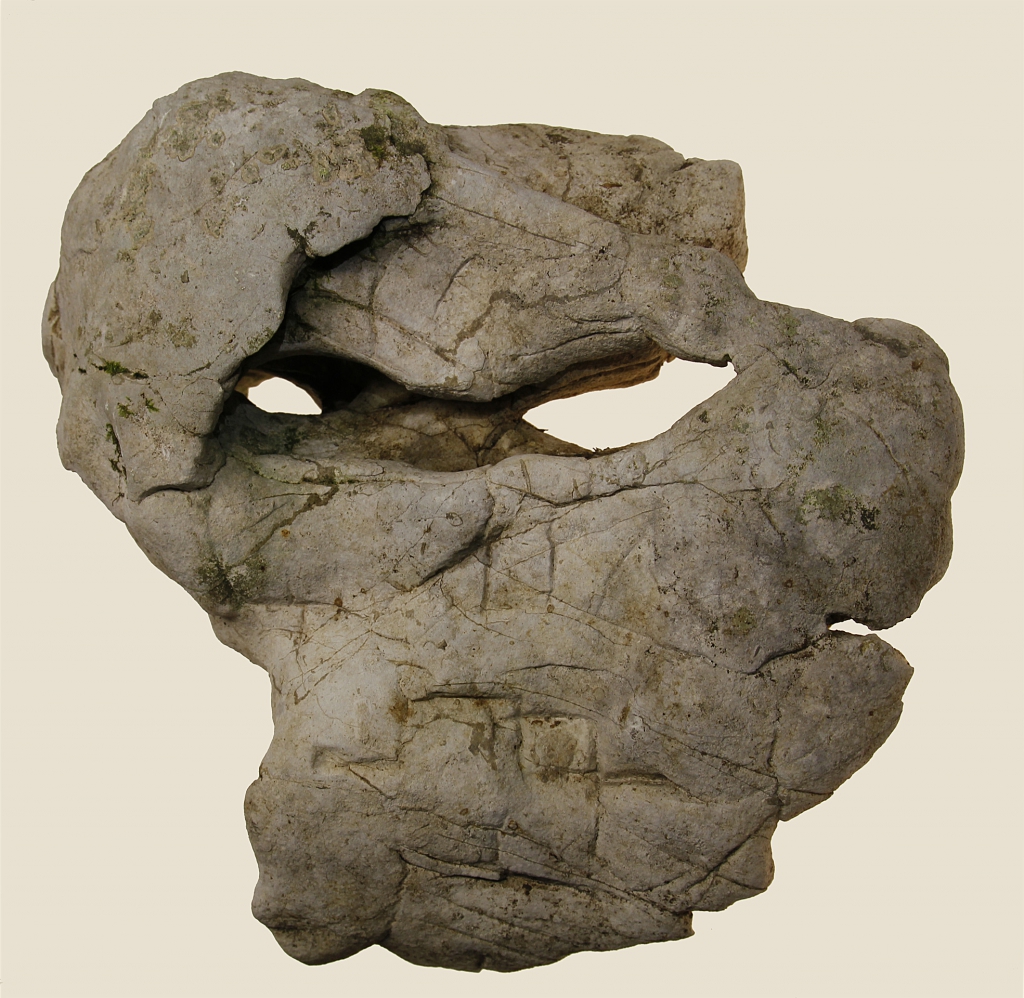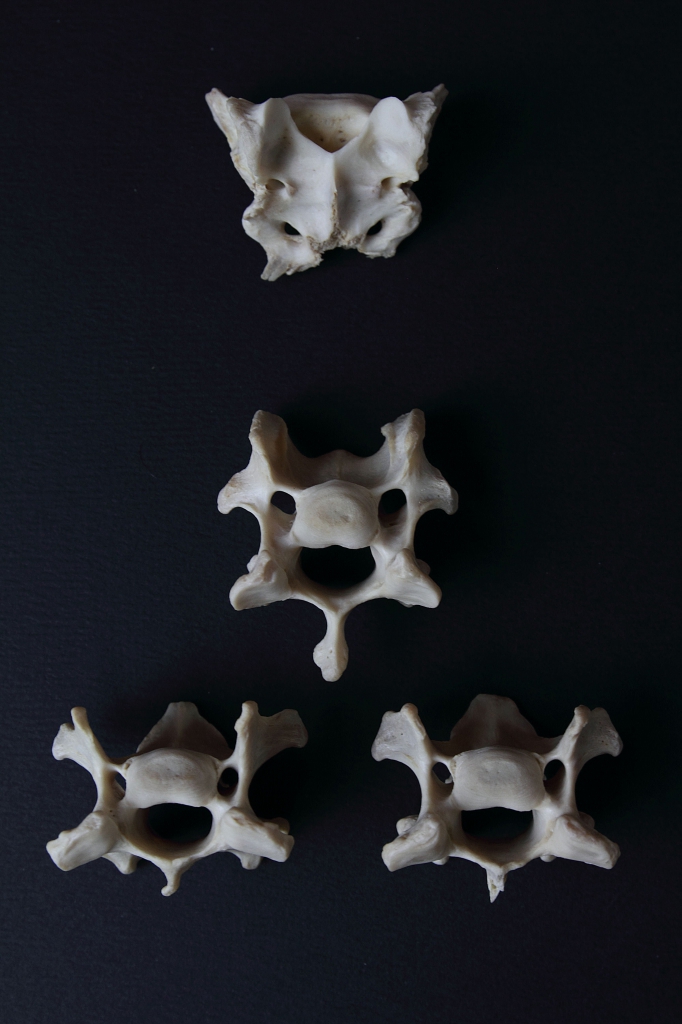Art as a whole could actually have emerged from those natural oddities which refer to the notion of protosculpture – that is, the collecting and altering of natural figures preceeding the intentional mastering iconicity.
'In the field of prehistory, by one way or another, a figure-stone needs to indicate human involvement to be understood as such : it needs to be found on an archeoligical level and that we have proof of it having purposely been transported, or needs to show undeniable marks of any adjustment or outline by man, thus, extending nature's production, completing it so as to improve its figuration.'
'It is hard for us to imagine the influence those natural formations could have had on our ancestors' mind. Questioning them right from the start about the Author, no doubt were they bringing them in the field of beliefs, myths and symbols.'
Michel Lorblanchet, Les origines de l'art, 'The origins of art'
Discovered during mountain walks and harvests, this series' lusus naturae were not changed. Those natural ready-mades, which sole human involvement consists of their discovery and the assumption they were intentionally moved over, could truly be the source of art, in the way they would have predated the first artistic actions ever registered from several thousands of years.
If what we assume happens to be true, it would thus be likely to consider Marcel Duchamp's ready-mades were indeed a revolution, in the way revolution is based on making a complete turnaround.
Ready-mades, introduced by their author as a stage of break within the history of art, would therefore be a return to every art's roots, the missing link filling in the gaps of a mutual quest started at the dawn of men.
What happens next ?
'In the field of prehistory, by one way or another, a figure-stone needs to indicate human involvement to be understood as such : it needs to be found on an archeoligical level and that we have proof of it having purposely been transported, or needs to show undeniable marks of any adjustment or outline by man, thus, extending nature's production, completing it so as to improve its figuration.'
'It is hard for us to imagine the influence those natural formations could have had on our ancestors' mind. Questioning them right from the start about the Author, no doubt were they bringing them in the field of beliefs, myths and symbols.'
Michel Lorblanchet, Les origines de l'art, 'The origins of art'
Discovered during mountain walks and harvests, this series' lusus naturae were not changed. Those natural ready-mades, which sole human involvement consists of their discovery and the assumption they were intentionally moved over, could truly be the source of art, in the way they would have predated the first artistic actions ever registered from several thousands of years.
If what we assume happens to be true, it would thus be likely to consider Marcel Duchamp's ready-mades were indeed a revolution, in the way revolution is based on making a complete turnaround.
Ready-mades, introduced by their author as a stage of break within the history of art, would therefore be a return to every art's roots, the missing link filling in the gaps of a mutual quest started at the dawn of men.
What happens next ?
